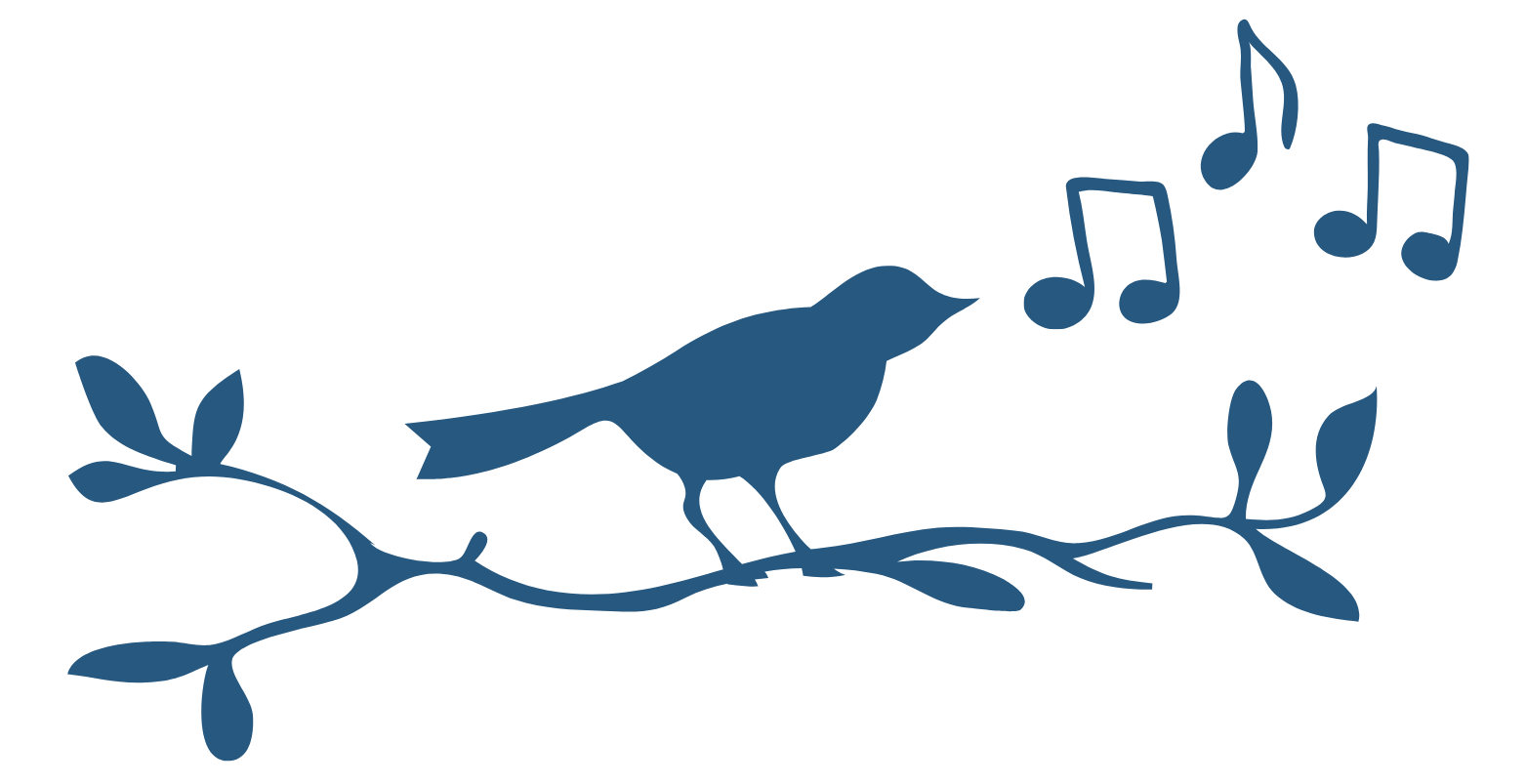Removing the Nasally Sound From Your Singing Voice

Some people have a natural nasal tone to their talking voice, while others find it only comes out when they sing. I am not an overly nasally talker, but have noticed that I can get a nasally sound in my singing voice when I least expect it. So I did a little bit of digging to see how I could correct it.
The nasal sound in your voice is caused by air from the lungs passing more through your nose than through your mouth when you talk or sing. This can be a structural issue or due to poor technique. Lifting the soft palate, either surgically or through vocal exercises, will restrict the airflow out the nose, reducing the nasal sound.
I will discuss more about lifting the soft palate in this article. There is also a simple test you can perform to determine if you think you might have too much nasal tone in your voice. Some singers will actually embrace a more nasally sound as there are certain styles of music where this sounds is beneficial or enjoyed.
Reducing Nasal Resonance
When someone says they sound nasally, they usually mean that their voice is hypernasal. Nasality refers to the balance of nasal resonance in their voice. This balance refers to the amount of air leaving your nose and mouth as you talk or sing.
Too much nasal resonance (hypernasal) occurs when there is too much air passing through the nose, which gives us a witchy tone. Not enough nasal resonance (hyponasal) occurs when not enough air passes through the nose or the nose is blocked, giving a dampened congested sound. Balanced nasal resonance is what gives your voice it’s clear bright tone.
In order to increase the air passing through your mouth, the pathway to the nasal cavity needs to be narrowed or blocked. The muscle responsible for this is the soft palate, which you may have heard of before.
The muscle responsible for this is the soft palate.
The soft palate lives in the back of your throat and, as the name suggests, is the soft extension of the hard palate. These both make up the roof of your mouth and you can feel them with your finger or your tongue.
When the soft palate is lifted, the pathway to the nasal cavity is narrowed (like closing a door until it is just cracked open). This forces the air to pass more through your mouth as you are singing, reducing the nasal resonance.
Some people are born with structural abnormalities of the palate, such as cleft palate or a shortened palate. This is an anatomical issue that will cause a nasally voice. These issues require more extreme measures for correction, such as surgery.
If there are no structural issues causing your nasally voice, there are a number of techniques you can employ to help. These techniques open up the space in the back of the throat by lifting the soft palate, therefore reducing nasal resonance as you sing.
To open up the back of your throat, start by opening your mouth wider in an ‘O’ shape. This is done by dropping your jaw. As a rough guide, your top and bottom teeth should be approximately two finger widths apart. Once you have done this, also drop the back of your tongue. If done correctly, it should feel as though you are holding a boiled egg in your mouth.
It should feel as though you are holding a boiled egg in your mouth.
If you are not used to singing this way, you might find it difficult to maintain the technique while you are singing. This is why you will need to incorporate certain exercises into your regular vocal routine and warm-ups to encourage the soft palate to lift.
When you first start these exercises, it is a good idea to watch the movement in the back of your throat in the mirror. This way you can see the effect each sound has on the soft palate.
One great exercise is to yawn loudly (while making the typical ‘uuuugh’ sound). The pitch of your yawn should start high and then slide down as low as you can go. You should be able to feel the back of your throat open up as you do this, which is the sensation of the soft palate lifting. It may even bring on a real yawn.
Another exercise you could try involves shaping your lips in an ‘o’ shape, as I mentioned before. Touch your tongue to the back of your bottom teeth, This will help you to then drop the back of your tongue as low as you can go. Now that you have more space in the back of the throat, sing through scales with an ‘oh’ sound. Start with the lower end of your range and work your way up.
If you routinely do exercises such as these, your muscles will start to develop muscle memory, meaning that this technique will come more naturally to you when you are singing.
You should notice, after persisting with these techniques, that you are able to reduce the nasally tone in your voice as you talk and sing.
How to Test if You Have Too Much Nasal Resonance
Testing if you have too much nasal resonance is simple. You can start with the following steps.
- Sing through one line of a song as you normally would.
- Pinch your nose.
- Sing through the same line of the song while still pinching your nose.
- Listen for the difference between the two sounds.
If you have a nasally voice, there will be a big difference between when you sing normally and when you pinch your nose. If you do not have a nasally voice, the sound may become dampened, but there will be very little difference.
Pinching your nose blocks the airflow out of your nose, forcing the air through the mouth instead. Those who do not have a nasal sound to their voice will naturally have more air passing through their mouth when they sing, meaning this test will not affect them.
If you want to test this theory, try pinching your nose as you make these three sounds: ‘mmm‘, ‘nnn‘ and ‘ng‘. You should notice that your voice cuts out when you pinch your nose. Then if you try the same with an ‘aaah‘ sound, you will notice that your voice does not cut out. This is because the first three sounds are produced using mostly nasal resonance.
Nobody sings with 100% nasal resonance. It is always a mixture of the nose and mouth. This is why, if you sound nasally, your voice will not cut out if you pinch your nose while singing a normal song. But you will hear a considerable change in the sound.
Out of interest, you might also like to look in the mirror when you sing, to see what your soft palate is doing. First try the three nasally sounds (‘mmm’, ‘nnn’ and ‘ng’), observing how the soft palate sits in the throat. Then transition to the ‘aaah’ sound and you will notice the soft palate lift.
Once you have seen how the soft palate moves with the different sounds, experiment with a song. See where the soft palate is sitting when you sing and try to lift it higher.
Is Having a Nasally Voice a Bad Thing?
Many people try to rid themselves of their nasally tone, but there are some styles of music that suit this increase in nasal resonance.
Country music is a prime example. Country singers often use a nasal voice to make the music more jovial and upbeat. You will notice that it is rare to hear a slow ballad sung in this way.
Some pop singers may also use a nasal tone. For example, Gabrielle, who sings ‘Dreams’, has very high nasal resonance in her voice. You can hear this in all of her songs as that is her natural singing voice. She has chosen to keep this tone as her signature style.
One downfall is that it can make some lyrics hard to hear and it is harder to produce volume. This is because the nasal cavity is smaller than the mouth. The smaller the chamber, the smaller the sound. For example, if you were to sing in a small room compared to a large empty hall, you would be able to produce more sound in the hall due to the size. But with technology today, microphones solve that issue.
This is one of the reasons why opera singing was far more popular before microphones were invented. Without this technology, singers relied heavily on acoustics principles to increase the volume of their voice. Opera singing uses techniques to open the throat and get the most volume out of your voice. This particular genre would be very challenging if you naturally have a nasally voice.
Overall, there are both benefits and downfalls to having a nasally voice. Given that this tone can be manipulated by raising and lowering the soft palate, it is not uncommon for singers to learn to use a variety of tones, both nasally and rounded. This allows more flexibility to sing a variety of genres throughout your career.
